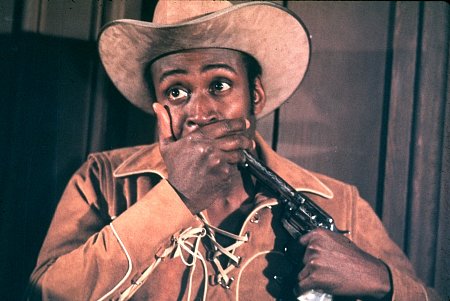Transformers: Dark of the Moon, 2011
4.0
4.0
Does this movie even deserve a review? Well, we all know the answer to that one, but frankly, if every movie that didn’t deserve a review didn’t get one, movie critics would be irrelevant. Oh that’s right, they already are. Anyways. Like the last Transformers, Revenge of the Fallen, the third installment really suffers from a lack of cohesion. As a result, so does my review. You see, Dark of the Moon (which is awkwardly missing the word Side in the title) isn’t a movie, so much as it is a collection of bizarre, contrived, and convoluted plot points and “characters.” Notice the quotation marks. For example, the movie starts off with a revisionist explanation of how Americans landed on the moon. No, it had nothing to do with good ol’ fashioned American ingenuity. A bunch of robots sent a secret spaceship to the moon! And the Americans really wanted to find out what it was! Of course, that really has nothing to do with anything else in the movie. Considering the robots end up on planet Earth regardless back in the first movie. So couldn’t the spaceship just crash land in between the second and third movie? NO! Then Buzz Aldrin, who now appears to be senile, couldn’t grovel to a giant CGI robot about how important Optimus Prime was to human history. I find that insulting. Shouldn’t we be honoring Buzz Aldrin? And if not, why have him in the movie at all?
Speaking of things that are insulting, how about Rosie Huntington-Whitely. Megan Fox did not return thanks to apparently insensitive Hitler comments she made about hack director Michael Bay offending everyone including her producer, who happened to have made a really good film about the Holocaust (you did it again, Steven!). Unfortunately, this paved the way for Victoria Secret model and Brit RH-W, who isn’t an actress so much as a collection of female body parts that remind men that they’re heterosexual. (Us men couldn’t have done it without you, Michael Bay!) I have been comparing Bay’s style of photographing women to, lets say, Richard Marquand’s photography of Princess Leia in her slave outfit in Return of the Jedi. One contains context; the other does not. We get to see RH-W’s perfect legs squatting on Shia LaBeouf not because it’s necessary to the film but because Mr. Bay wants men, ages from 8 to 88, to drool. Wouldn’t it just be more suiting for Bay to quit Hollywood and start making skin flicks for Cinemax? He could still add his trademark explosions, which aren’t even that awe striking as they are in Transformers.
Let’s see, anything else? Patrick Dempsey plays an evil robot accountant. Ken Jeong appears as Mr. Chow (and you thought you’d have to wait for Hangover 3). John Malkovich, John Turturro, and Frances McDormand also all appear, proving the Coen Brothers should give them work.
Am I being unfair? Perhaps. I may be biased since I prefer things that are real. Real characters, real entities. I may never like a movie that depends so much on things that are fake. Is there an actual animatronic robot in the entire movie? I don’t think so. Though I will say the final battle is occasionally interesting (though it’s quite long after a long setup), and the evil robot, Shockwave, is pretty cool. Word on the street is that this is Bay’s last Transformers film. Here’s to hoping we don’t have to sit through this again.

